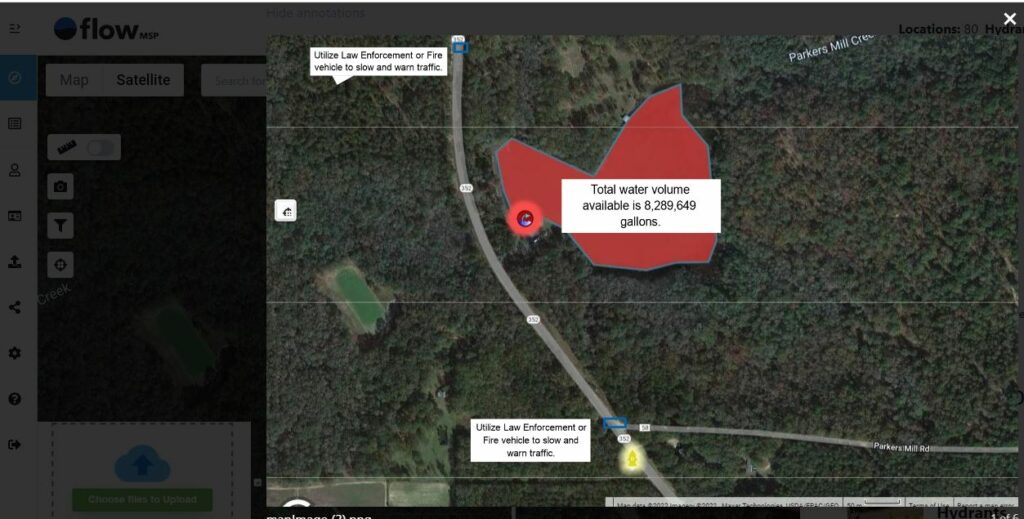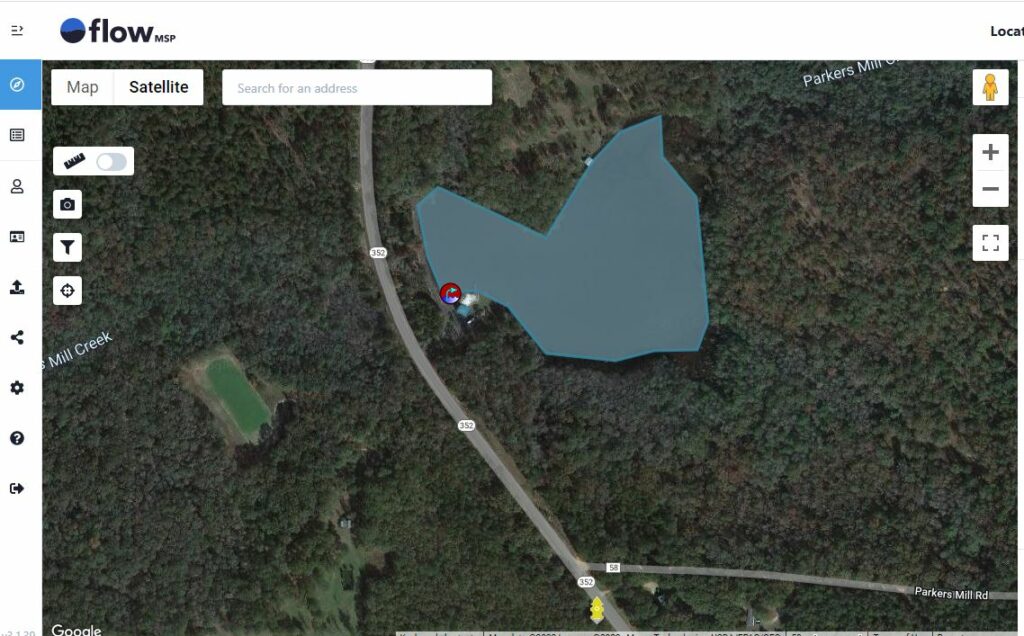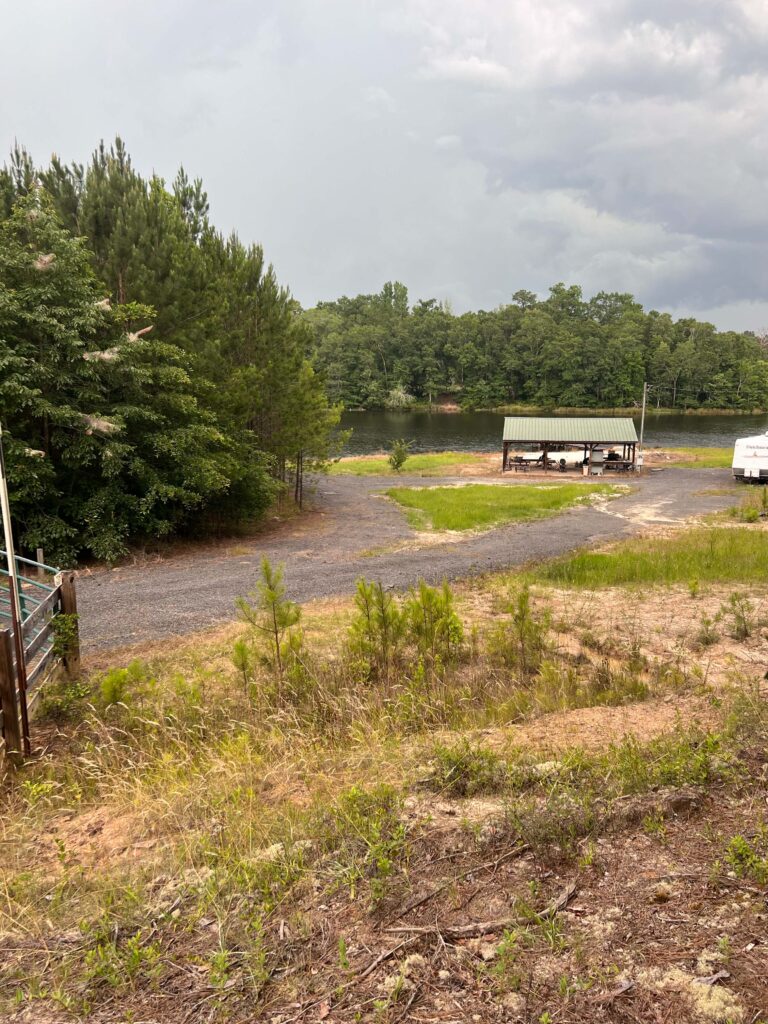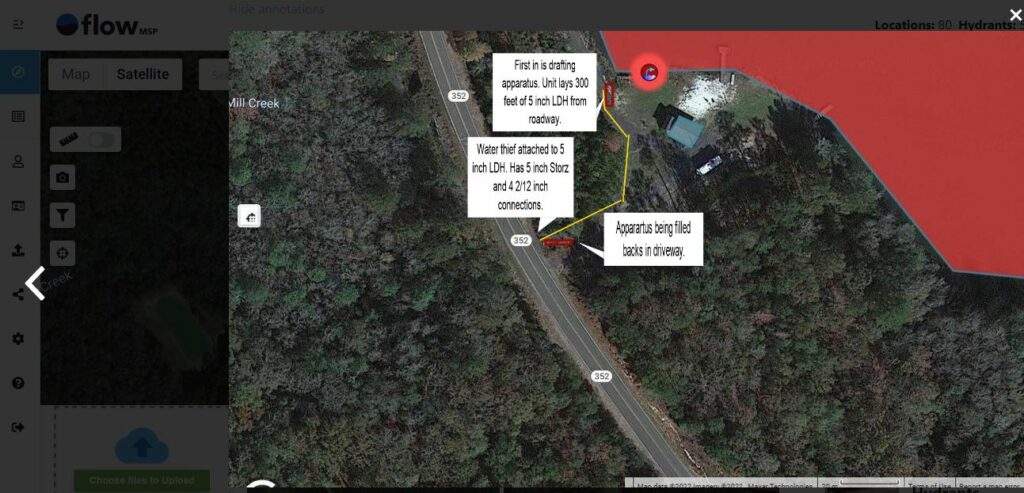By: Chief Shaun Raulston
Buena Vista Volunteer Fire Department
Drafting from static water sources is a rarely used and often misunderstood process for departments. Knowing locations of natural water sources is outside the norm, especially with departments that have multiple hydrants and tanker capabilities. Many rural fire departments become dependent on hydrants for water supply.
However, sometimes we get to that day where we don’t have a hydrant and we have to draft. When we haven’t trained and practiced drafting, when we don’t know where our rural water supplies are, how to get to them, or how to set up our relays; it becomes really, really difficult to be efficient in shuttling.
Especially in a volunteer service when personnel are not firefighting every day, you kind of get thrown into the fire and have to figure out what you’re doing as you go. To prevent that, rural fire departments need to have pre-plans in place.
Buena Vista Fire Department was already creating pre-incident plans with FlowMSP after purchasing the program earlier this year. Then, we recently had a situation in our district which highlighted the importance of pre-plans for our rural water supply. We had lightning strike a water main and drain two water towers.
The northern half of our county, which is hydranted, was without water supply or had very spotty water supply for three weeks. As a result, we could not use any of our hydrants in that section of the county due to low water pressure. Some hydrants had no pressure at all.
Because we could not rely on our hydrants in the event of a fire, Buena Vista VFD decided to proactively pre-plan our static water supply. Having rural water pre-plans already in place where we can draft water from these large lakes and ponds is beneficial. If we come to the point where a fire occurs in that area, we have a plan.
Any fire officer can create pre-incident plans for rural water supply. Basically, you want to include three main things:

To pre-plan a lake or pond, we start by outlining the water source just like we would outline a building. FlowMSP’s pre-planning program automatically calculates the lake surface’s square footage. Then, we use a calculator to figure the volume of the lake.
With an estimated average depth of 2 feet, we multiply that by the square footage of the lake’s surface to get the total volume in cubic feet. From there, we convert cubic feet to gallons. There are 7.48 gallons of water in one cubic foot of water. To convert cubic feet to gallons, multiply the total cubic feet by 7.48.
Est. Avg. Depth in ft. X Surface Area of Static Supply in ft³ X 7.48 = Estimated Total Gallons Water
Then, we use the image annotation tools to add the number of gallons available to the picture of the water source. First due companies can access the pictures and know roughly how much water they have to work with.

Next, we use the hydrant tool in FlowMSP to add a dry hydrant symbol to the map. The mobile app automatically finds the latitude and longitude of the dry hydrant when we are standing over it in the field. From there, we can add a dry hydrant symbol. All personnel can see the hydrant location from the map view.

We also include pictures of access points in our pre-plans.
Sometimes the area is overgrown and the access point or dry hydrant is difficult to see.
Having pictures will be especially helpful at night.
Staging at a water source has multiple complications such as entrance/exit and ground stability. In addition, sometimes property may have changed ownership, and the new owner is not receptive to arriving units since they are unaware. To avoid these issues, we pre-plan where to stage the apparatus.
I recommend that you visit the location, meet the property owner if possible, and walk the area while taking pictures. Pay attention to the ground around the access point and note any unstable ground on your pre-plan. You can also address any concerns with the property owner and make sure trees/brush are trimmed to allow access.
As you walk the area, determine the best hard pack area to stage the first due apparatus. It needs to be just close enough to drop the draft hose to the dry hydrant. We need to minimize the number of apparatus we have down by the water. Too many trucks can soften the ground, and you risk having an apparatus sink.

In the example above, we staged it this way to keep most of the trucks closer to the highway instead of pounding up the driveway. This first due truck starts laying 300 ft. of 5 inch LDH at the roadway on its way in to the water source before positioning for drafting and dropping its draft hose.
Then, the draft truck can pump its water up the 5 inch LDH to a water thief we have out at the roadway. We have multiple 2 1/2″ connections off of it. So we can actually fill 5 apparatus at one time, staged out by the roadway, if we need to. We put all that into the pre-plan, and we also indicate where we want to back apparatus in for easy exit.
For training at our department, we can use these pre-plans for tabletop sessions. Using FlowMSP, we can pull up a pre-plan on the big TV screen, view the pictures, and talk about how we position the apparatus, lay out lines, and set up a relay shuttle.
Then, we can take our members out to the site, stage our vehicles, set up a pump, and do a draft from there. Today, with the ease of computers, we can even take our laptop out to the scene and go over the pre-plan on site. We can also update our pre-plans on scene if anyone else finds anything useful to put on there.
If anyone has questions about pre-planning rural water supply or suggestions about how to do it better, please feel free to contact me at buenavistafirerescue@gmail.com or 706-580-8531. Thank you.
Are you ready to see FlowMSP for yourself? Request a demo, and a member of our team will give you a personal tour of the program, answer your questions, and help you get started.
Want to stay updated on new developments from FlowMSP? Subscribe to our email list. You can unsubscribe anytime.